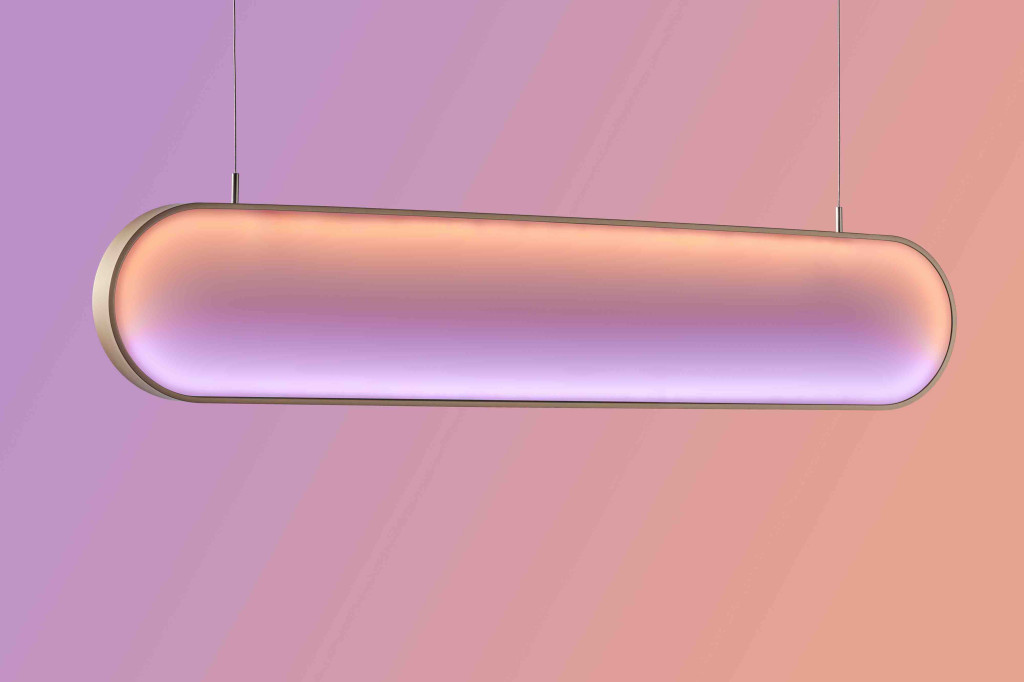
It’s Our F***ing Backyard spotlights our time’s greatest challenge: the climate crisis. It involves 80 projects from all over the world showing how designers can have a major impact by looking at materials in radical and new ways. The resulting designs are responsible, but also beautiful, comfortable and unexpectedly accessible.
— until 4 September

Urgency of the climate crisis
With many problems people tend to think 'not in my backyard'. But the climate problem is precisely about our backyard: It's our f***ing backyard. The exhibition expresses the urgency of the climate problem and aims to make you think differently about the use of materials and design’s social importance. In addition to internationally established names such as Drift, Ineke Hans, Dirk van der Kooij and major producers such as Adidas and Ikea, there are more upcoming designers to discover.
Materials of the future and the power of nature
The exhibition shows that designers can make an important difference. They find new uses for waste material, such as a lamp made from orange peels and jewelry made from ocean plastic for Balenciaga. Some projects focus on the use of natural materials, such as a fungal mycelium tunnel and a flax- and bio-based resin surfboard. There’s even a light installation powered by micro-organisms that need to be fed during the exhibition period. Through experimental research and re-inventing age-old craft techniques, designers come up with improved use of materials.
Some of the projects on display:

Climate justice
The exhibition also examines how soil depletion is related to colonial practices. Those imbalanced power relations that arose in the past are often still visible. And since the rise of industrial technologies, local knowledge has often been ignored – while, right now, this knowledge can offer us solutions to what we’re all facing.

Influence on the Stedelijk and the collection
With this exhibition we shine a light on the urgency of the climate problem and the importance of design in society. For the Stedelijk, it’s part of a continual 'call to action'. Like any organization, we still have many steps to take to reduce our environmental footprint. To start with, we've limited return shipments and use recycled and/or renewable materials. Campaign-related emissions are also compensated as much as possible.
Book now

Family
You and your family can experience that waste is not worthless in the Family Lab, which the creative collective Hotmamahot transformed into the LAVFA LAB. These makers see the value in waste and have therefore renamed it ‘lavfa’ – non-worthless material ready to be reinvigorated with new meaning. In the LAVFA LAB, visitors can go down a slide and take a plunge in a plastic infinity pool, or experiment with plastic bottles and metal caps as if they are magnified atoms. And don’t forget: under-19s can enter the museum for free.
Friends
Friends of the Stedelijk see more. Become a Friend and, together with one guest, enjoy free access to the museum, in-depth courses and exclusive events. For only €75/year you can become a Stedelijk Friend.
The exhibition It’s Our F***ing Backyard. Designing Material Futures has been made possible by the generous contributions of Creative Industries Fund NL, the Prins Bernhard Cultuurfonds, the Mondriaan Fund, and our partner Polestar.













